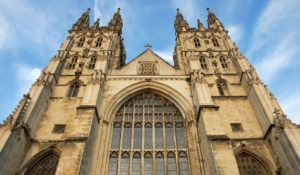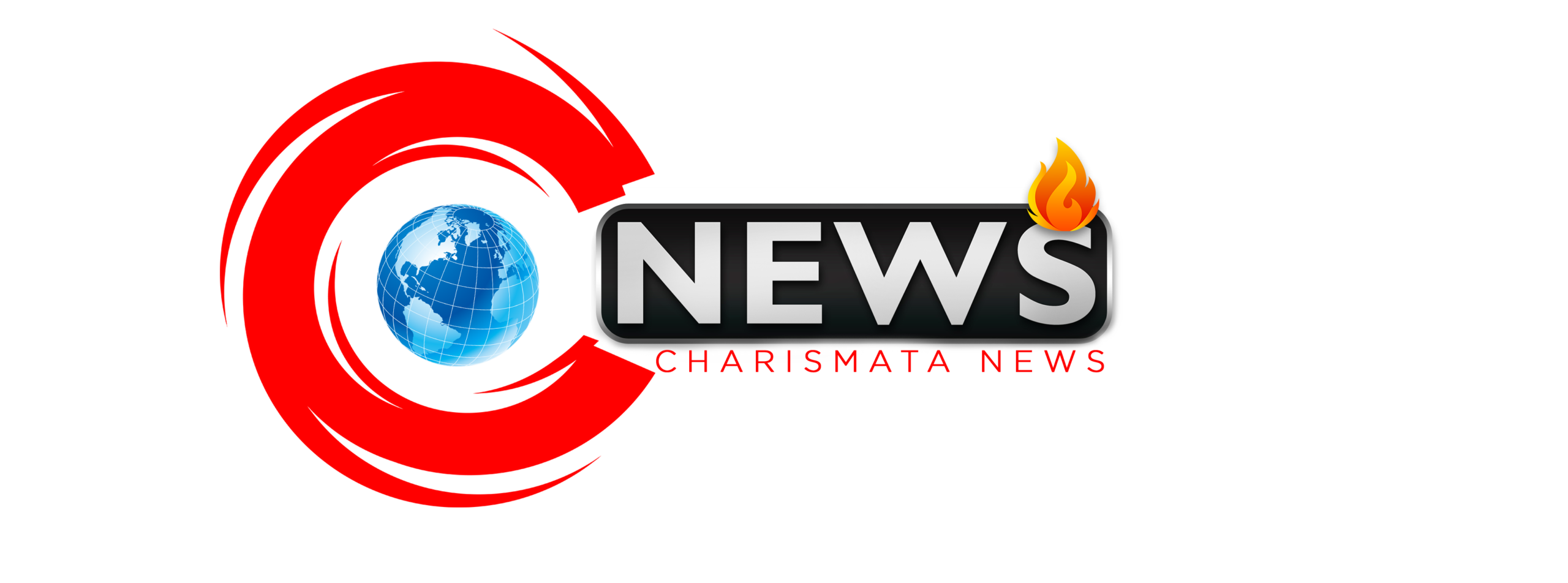The name “Anglican” means “of England”, but the Anglican church exists worldwide. It began in the sixth century in England, when Pope Gregory the Great sent St. Augustine to Britain to bring a more disciplined Apostolic succession to the Celtic Christians.
The Anglican Church evolved as part of the Roman church, but the Celtic influence was folded back into the Roman portion of the church in many ways, perhaps most notably by Charlemagne’s tutor Aidan. The Anglican church was spread worldwide first by English colonization and then by English-speaking missionaries.
The Anglican church, although it has apostolic succession, is separate from the Roman church. The history of Christianity has produced numerous notable separations. In 1054 came the first major split from Roman administration of the church, when the Eastern Orthodox church and the Roman split apart.
The conflict of authority in England between church and state certainly dates back to the arrival of Augustine, and has simmered for many centuries. The murder of Thomas a Becket was one of the more famous episodes of this conflict. The Magna Carta, signed by King John in 1215, contains 63 points; the very first point is a declaration that the English church is independent of its government..
Discontent with Roman administration of the church.
The beginning of the sixteenth century showed significant discontent with the Roman church. Martin Luther’s famous 95 Theses were nailed to the door of the church in Wittenburg in 1517, and news of this challenge had certainly reached England when, 20 years later, the Anglican branch of the church formally challenged the authority of Rome. Henry VIII dissolved the monasteries and abbeys in 1536.
There is a public perception, especially in the United States, that Henry VIII created the Anglican church in anger over the Pope’s refusal to grant his divorce, but the historical record indicates that Henry spent most of his reign challenging the authority of Rome, and that the divorce issue was just one of a series of acts that collectively split the English church from the Roman church in much the same way that the Orthodox church had split off five hundred years before.

Defining the new church
The newly-separated Anglican church was given some formal structure in 1562 during the reign of Elizabeth I. That structure is not a management process or governing organization. What binds us together is not common administration but shared tradition and shared belief. Our belief is written down in the Holy Bible and the Articles of Religion; our tradition is in part embodied in our Book of Common Prayer. The first Book of Common Prayer was produced in 1549. In it the Latin liturgy was radically simplified and translated into English, and for the first time a single ‘use’ was enforced throughout England. It has been revised numerous times since then, the most significant revision being the first, in 1552. All revisions since then, before the modern era, were very conservative revisions. The 1662 English Book of Common Prayer forms the historical basis for most Anglican liturgy around the world. While several countries have their own prayer books, all borrow heavily from the English tradition rooted in Cranmer’s original work.

Further Information
Church history has been an important part of the cultural history of every nation, and through the centuries thousands of books have been written about it. Every library and every encyclopedia will cover it to some degree. An informative online starting point for learning more about the history of the Anglican Church is The Anglican Timeline, produced by the American physician Ed Friedlander, MD. It lists several hundred notable events in the history of the Anglican church, with large numbers of links to reference materials and primary sources.

